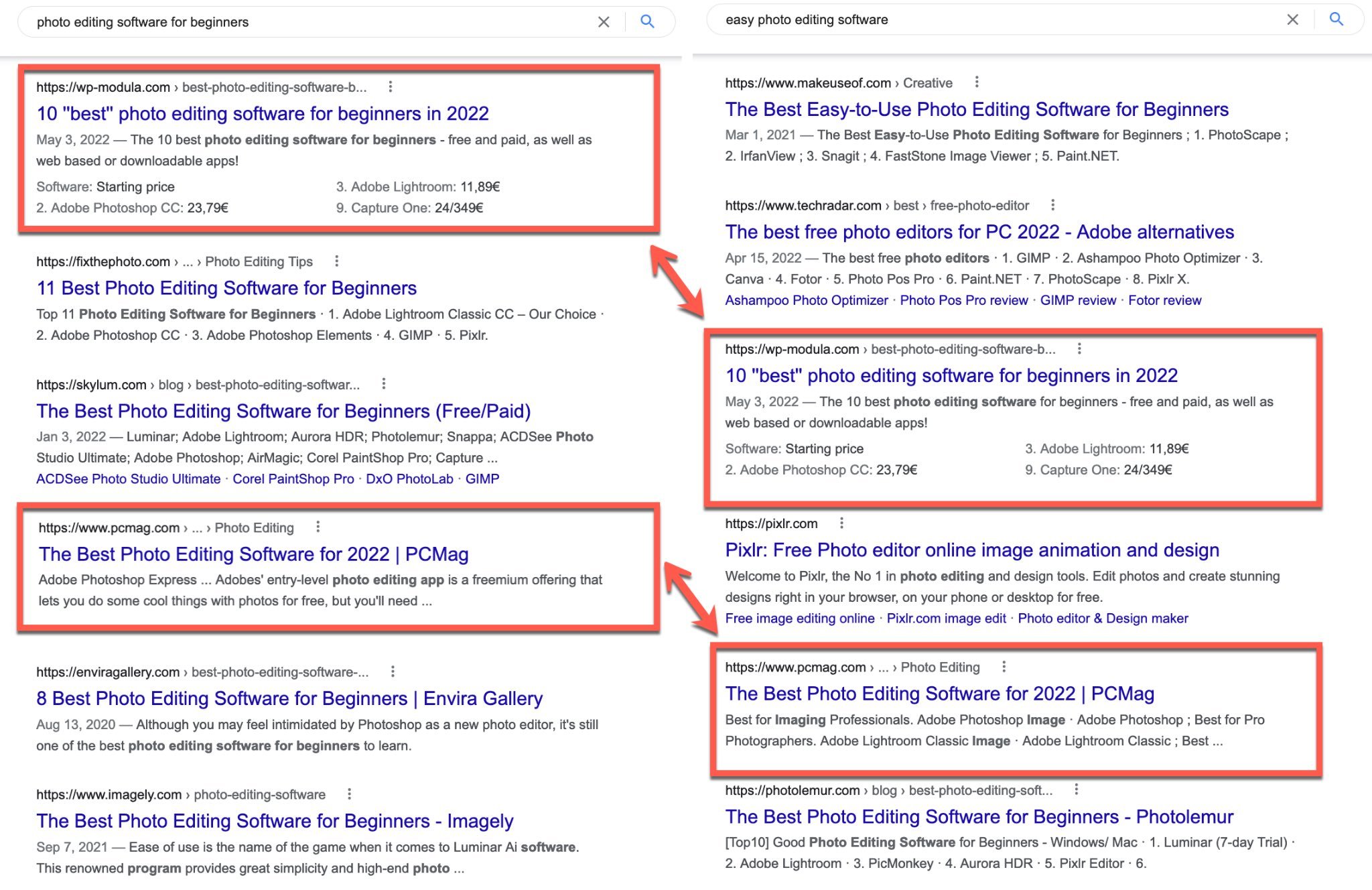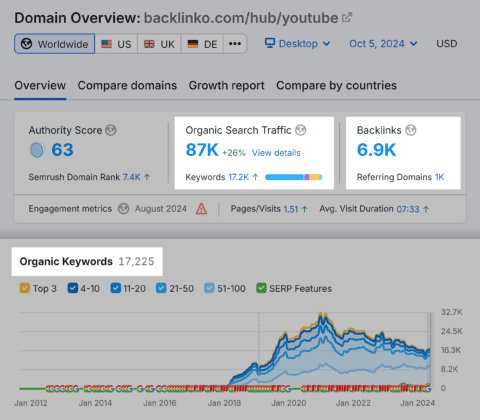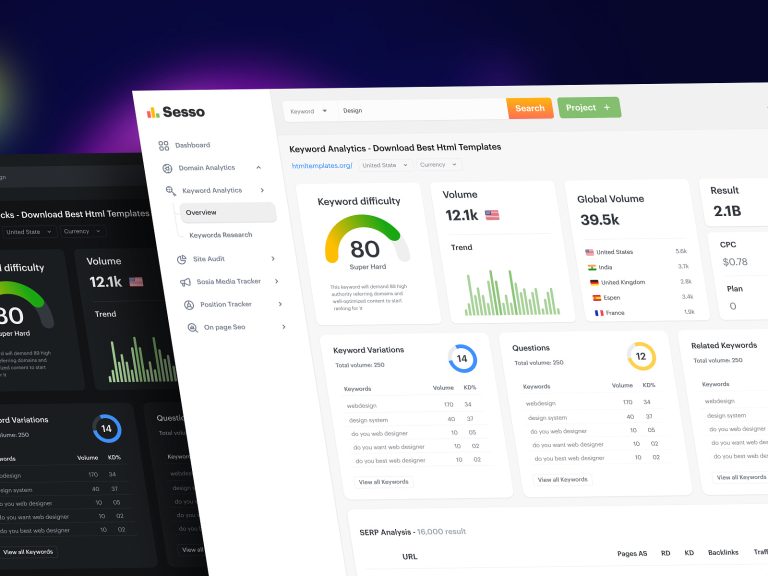
In the ever-evolving world of search engine optimization (SEO), staying ahead of the curve is essential. One strategy that has gained significant traction in recent years is keyword clustering. This technique not only helps improve your website’s visibility but also enhances user experience by delivering more relevant and comprehensive content. In this article, we’ll explore what keyword clustering is, why it’s important, and how you can implement it effectively for SEO success.
Understanding Keyword Clustering
At its core, keyword clustering is the process of grouping similar keywords based on their search intent and relevance. Instead of targeting individual keywords in isolation, this approach allows you to create content that addresses a broader range of related queries. By doing so, you increase the chances of your content ranking for multiple keywords at once, which can significantly boost your organic traffic.
Key Characteristics of Keyword Clusters
- Search Intent Alignment: Keywords are grouped based on the intent behind the search. For example, if users are looking for information, product recommendations, or local services, these keywords will be clustered accordingly.
- Semantic Relevance: Clusters include keywords that are semantically related, meaning they share similar meanings or contexts.
- Long-Tail Optimization: Keyword clusters often include long-tail keywords, which are more specific and less competitive than short-tail keywords.
For instance, consider the following keywords related to “CRM software”:
– Best CRM systems
– Top CRM software
– Best CRM software in 2024
While these phrases vary slightly, they all have the same commercial intent: users are seeking recommendations for CRM solutions. By grouping them into a single cluster, you can create one comprehensive article that targets all these keywords simultaneously.
Why Keyword Clustering Matters
Keyword clustering is more than just a technical SEO tactic—it’s a strategic approach that offers several benefits for both your website and your audience.
1. Enhanced User Experience
By creating content that addresses multiple related queries, you provide a more seamless and intuitive experience for your users. When visitors find a single page that answers their questions comprehensively, they’re more likely to stay engaged and explore further.
2. Improved Search Visibility
When your content covers a wide range of related keywords, it increases the likelihood of appearing in search results for those terms. This means more visibility and higher chances of attracting organic traffic.
3. Increased Content Authority
Keyword clustering allows you to build topical authority by covering a subject in depth. Search engines like Google favor websites that demonstrate expertise and thoroughness, which can lead to better rankings.
4. Efficient Resource Utilization
Instead of creating multiple pages for each keyword, you can focus on one well-optimized piece of content that covers several related terms. This saves time and resources while still maximizing your SEO efforts.
How to Create Keyword Clusters Manually

Creating keyword clusters manually involves a few key steps. While it may seem time-consuming, the process is straightforward and can be done using a spreadsheet or keyword research tools.
Step 1: Conduct Keyword Research
Start by identifying a list of relevant keywords related to your topic. You can use tools like:
– Google Keyword Planner
– SEMrush
– Ahrefs
– Surfer SEO
Focus on finding keywords with high search volume and low competition. These are ideal for building your clusters.
Step 2: Analyze Search Intent
Once you have a list of keywords, categorize them based on their search intent. Common types of search intent include:
– Informational: Users are looking for information (e.g., “how to use CRM software”).
– Navigational: Users are searching for a specific website or page (e.g., “Salesforce login”).
– Commercial: Users are researching products or services (e.g., “best CRM software”).
– Transactional: Users are ready to make a purchase (e.g., “buy CRM software”).
Group keywords with the same intent together to form clusters.
Step 3: Group Keywords Based on SERP Similarity
Another important factor in keyword clustering is SERP similarity, which refers to how similar the search results are for different keywords. If two keywords produce similar results in the search engine results pages (SERPs), they are likely to belong to the same cluster.
For example, the keywords “Best surround system” and “Top surround sound system 2024” may appear in similar SERPs, making them good candidates for the same cluster.
Step 4: Organize Your Clusters
Use a spreadsheet to organize your clusters. Include columns for:
– Primary keyword
– Secondary keywords
– Search intent
– SERP similarity
– Content plan
This will help you keep track of your clusters and ensure that each one is optimized for maximum impact.
How Keyword Clusters Differ from Topic Clusters
While keyword clustering and topic clustering are often used interchangeably, they serve different purposes in an SEO strategy.
Keyword Clusters
- Focus on grouping related keywords based on search intent and semantic relevance.
- Typically applied to individual pages or content pieces.
- Aim to target multiple keywords within a single piece of content.
Topic Clusters
- Involve creating a central pillar page that covers a broad topic, supported by interlinked cluster pages.
- Designed to build topical authority and improve internal linking.
- Often used in content hubs to cover a subject from multiple angles.
While keyword clustering is about optimizing content for multiple keywords, topic clustering is about structuring your website to establish authority on a specific topic. Both strategies are valuable, but they should be used in conjunction to achieve the best results.
Implementing Keyword Clustering in Your SEO Strategy

Now that you understand the basics of keyword clustering, let’s look at how you can implement it effectively in your SEO strategy.
Step 1: Identify High-Potential Clusters
Start by identifying clusters that have high search volume and low competition. Tools like Surfer SEO or ClusterAI can help automate this process by analyzing keyword relationships and suggesting potential clusters.
Step 2: Plan Your Content Hubs
Once you’ve identified your clusters, plan your content hubs around them. A content hub typically includes:
– A pillar page that provides an overview of the topic.
– Cluster pages that dive deeper into specific aspects of the topic.
– Internal links connecting the pillar page to the cluster pages and vice versa.
This structure not only improves SEO but also enhances user experience by guiding visitors through a logical flow of content.
Step 3: Optimize On-Page Elements
When writing content for your clusters, make sure to:
– Include the primary keyword in the meta title, URL slug, and H1 heading.
– Distribute secondary keywords naturally throughout the content, including H2 and H3 headings.
– Avoid keyword stuffing, as this can negatively impact your rankings.
Step 4: Leverage Internal Linking
Internal linking is a crucial part of keyword clustering. By linking cluster pages to the pillar page and to each other, you signal to search engines that your content is interconnected and authoritative.
Step 5: Monitor and Refine
After publishing your content, use tools like Google Search Console or Surfer SEO to monitor the performance of your clusters. Track metrics such as:
– Impressions
– Click-through rate (CTR)
– Organic traffic
– Keyword rankings
Based on this data, refine your clusters by adding new keywords, updating content, or adjusting internal links.
The Future of Keyword Clustering
As search engines continue to evolve, the importance of keyword clustering will only grow. With advancements in natural language processing (NLP) and machine learning, search engines are becoming better at understanding context and intent. This shift favors content that is comprehensive, relevant, and structured around real user needs.
Moreover, the rise of voice search and mobile-first indexing has made it even more critical to optimize for long-tail keywords and semantic relevance. Keyword clustering is a powerful tool for addressing these trends and ensuring your content remains visible in an increasingly competitive landscape.
Conclusion
Keyword clustering is a powerful strategy that can elevate your SEO game, improve user experience, and boost your site’s visibility. By grouping related keywords based on search intent and semantic relevance, you can create content that resonates with your audience and ranks higher in search results.
Whether you’re a small business owner, a digital marketer, or an SEO professional, implementing keyword clustering can help you stay ahead of the competition and achieve long-term success. Start by conducting thorough keyword research, organizing your clusters, and optimizing your content for maximum impact.
Remember, the goal of keyword clustering is not just to rank for more keywords—it’s to deliver value to your audience and build a strong online presence. With the right approach, you’ll be well on your way to SEO success.







